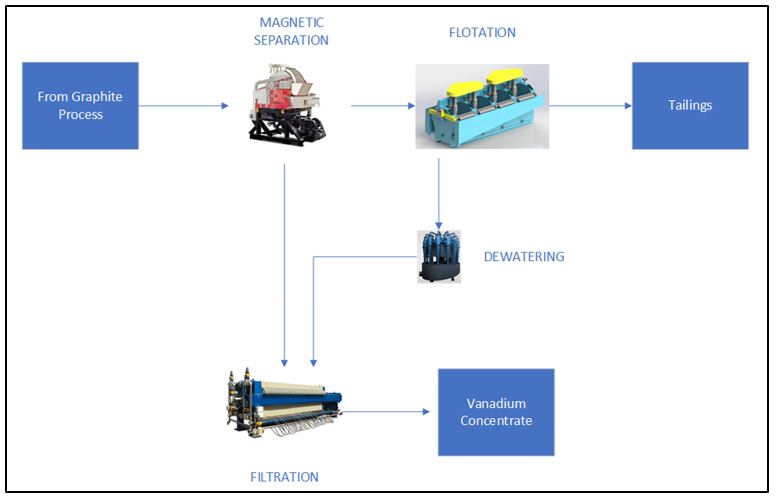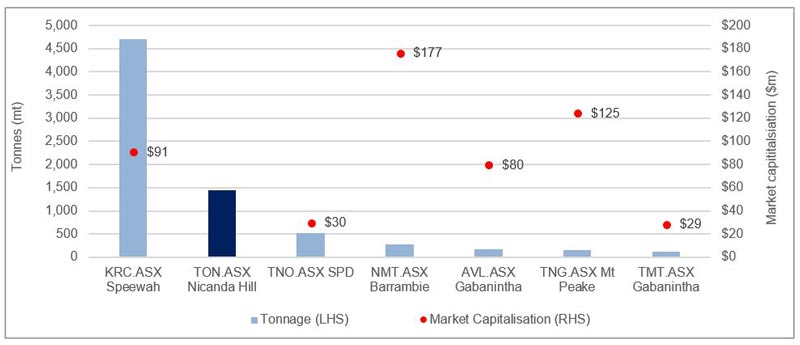World class vanadium resource adds value to Triton’s Nicanda Hill project
Mining
Special report: Triton Minerals is looking to fast track studies of the vanadium resource that could substantially increase the value of its Nicanda Hill project in Mozambique.
While Triton (ASX:TON) is typically known as an emerging graphite producer, it also has one of the world’s largest defined resources of vanadium.
Given the appreciation in the vanadium price and strong pricing outlook, Triton is investigating the opportunity to produce a vanadium concentrate or product from its Nicanda Hill project, the world’s largest combined graphite and vanadium deposit.
The tier-one resource of 1.44 billion tonnes at 0.29 per cent vanadium pentoxide ranks second only to King River Copper’s (ASX:KRC) Speewah titanium and vanadium project.
The advantage of Triton’s vanadium is that it is found in the tailings leftover from the processing of graphite.
“You don’t have to pay any additional mining costs, so the vanadium would be a free mined tailings which could either be processed straight away or stockpiled for later processing,” managing director Peter Canterbury told Stockhead.

This means potentially higher future revenues and lower costs for Triton’s Nicanda Hill project.
A study done by CSA Global has confirmed the potential of the shallow, upper zone of the deposit.
This has prompted Triton to step up its efforts at Nicanda Hill, including accelerating studies and undertaking test work to identify processing options for vanadium concentrate.

Vanadium outpaces other battery metals
Vanadium’s price growth has outstripped popular battery metal rivals lithium and cobalt as well as the other traditional commodities in recent years.
At the moment, about 90 per cent of global vanadium production is used to make high-strength steel. But future demand stems from its role in vanadium batteries, which can store more power and last much longer than lithium batteries. Interestingly, these vanadium batteries still require graphite as the anode material.
Projections estimate demand of 300,000 tonnes of vanadium over the next few years because of vanadium redox flow batteries – more than three times what is currently produced.
Nicanda Hill joint venture interest
Triton is in talks with parties in China and the Middle East that are interested in potentially partnering on the Nicanda Hill project.
“These recent developments will assist the commercialisation discussions underway on Nicanda Hill and the company’s efforts to introduce a JV partner into what is a world scale vanadium and graphite deposit,” Mr Canterbury said.
Triton is actively marketing a farm-out of up to 50 per cent of the project in a phased approach.
This special report is brought to you by Triton Minerals.
This advice has been prepared without taking into account your objectives, financial situation or needs. You should, therefore, consider the appropriateness of the advice, in light of your own objectives, financial situation or needs, before acting on the advice.
If this advice relates to the acquisition, or possible acquisition, of a particular financial product, the recipient should obtain a disclosure document, a Product Disclosure Statement or an offer document (PDS) relating to the product and consider the PDS before making any decision about whether to acquire the product.